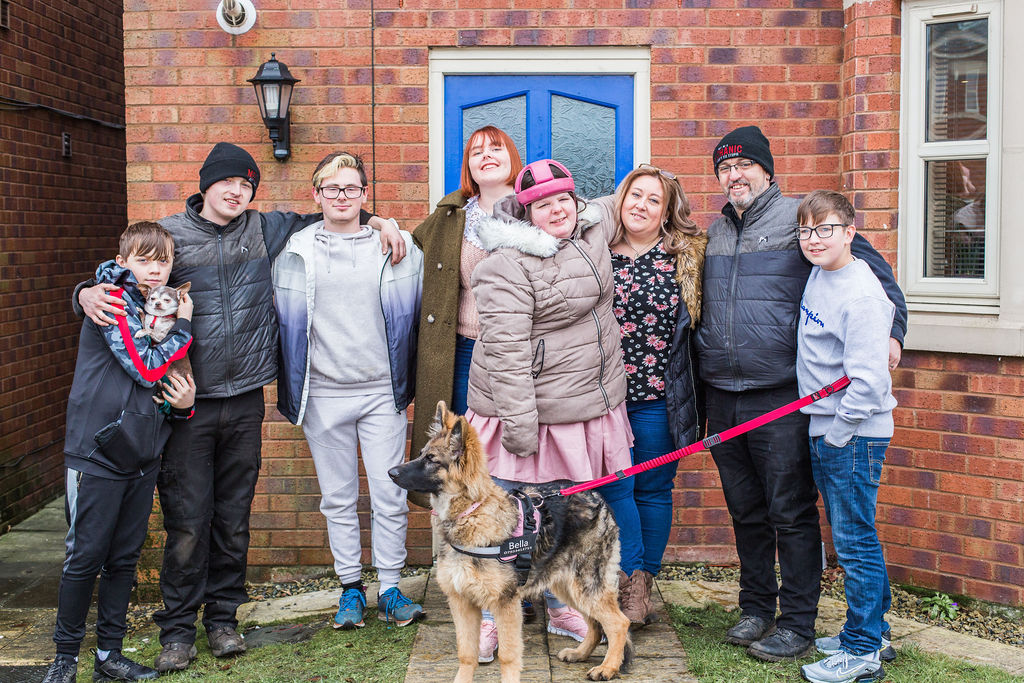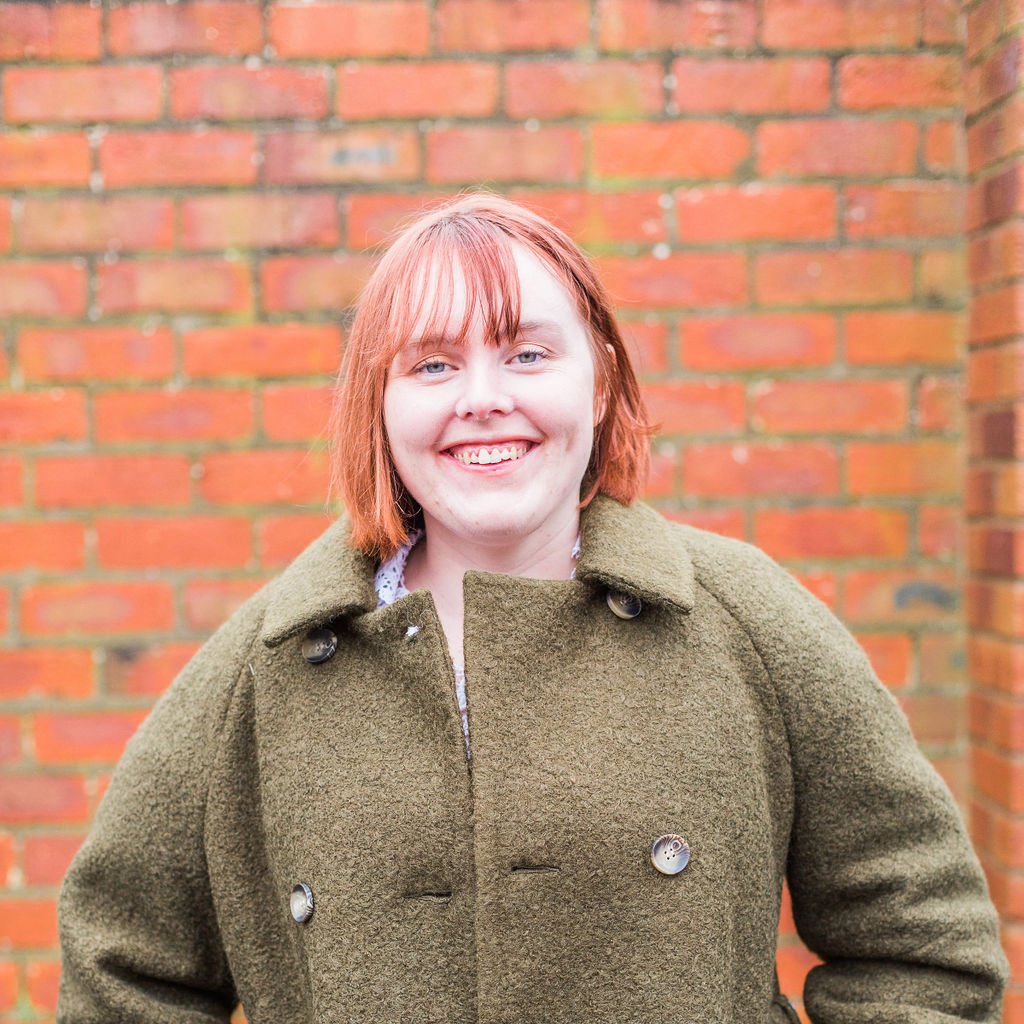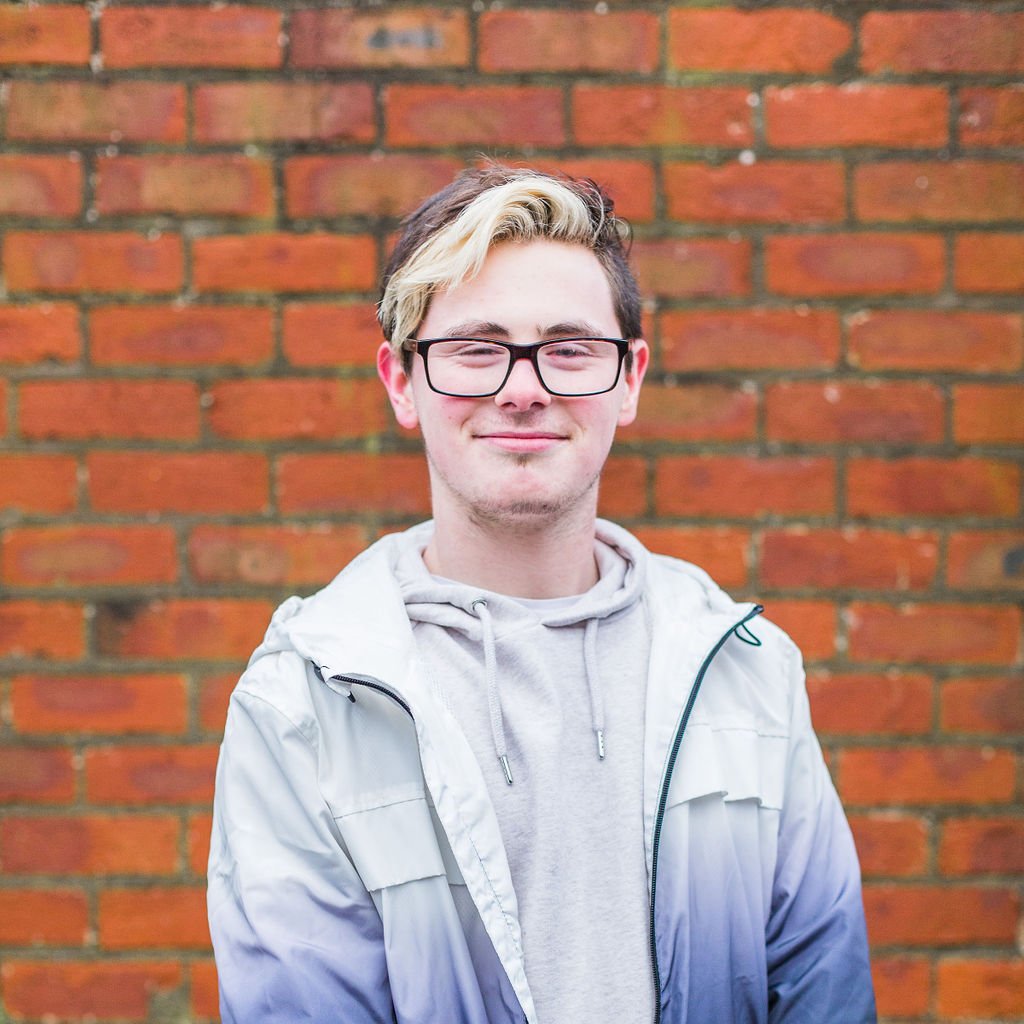The World Health Organisation showcased the South East Wales Shared Lives Mental Health Crisis Project at their global launch of the WHO Guidance on community mental health services: ‘Promoting person-centred and rights-based approaches’. In our seminar to celebrate this (film on YouTube), we heard from Nikita and Mags who talked to Emma Jenkins the South East Shared Lives Mental Health Crisis Project Manager who had matched them together into a life-changing Shared Lives arrangement. Here is some of what they said:
Nikita
Before Shared Lives I had no fixed abode and I kept going back to hospital. I had a CPN and treatment but I was feeling awful and suicidal.
I had no idea what Shared Lives was – I was pretty apprehensive – I’d never heard of anything like this in my life. Kerry told me I could stay with someone rather than be on the ward I wanted to meet Mags at her home not on the ward and when I went to Mags’ house I knew it was a great opportunity for me to grow and so much better than the ward.
Mags
Before someone comes to the house, I will have had some paperwork and discussions with my Shared Lives worker but it’s not until you meet the person and they are sat in front of you that it becomes real. The Shared Lives worker knows my strengths and my experience and will have matched up an individual they think I can work with. But at the initial meeting I need to quickly establish a connection to see if I can work with them and they want to work with me. It’s that mutual respect that matters.
Nikita
Shared Lives is a really important opportunity because the ward can’t offer you the same amount of one-to-one attention. They have limited resources and you can’t do a lot of activities which would promote your wellbeing after your stay like cooking, going walking, seeing your family. It’s so much quieter here and great to be able to be outdoors with someone’s support.
Mags
I’ve been lucky enough to have several arrangements. You have that opportunity for one to one. It frees up space on the wards which is also good. You have time to introduce the individual to community activities, education, exercise. I’ve had some really good feedback from people who have said it’s much better for them.
People start to live normally again – just ordinary things like being able to use an iron, or cutlery again, which may be banned from wards because they are a self-harm risk.
Nikita
When I was at Mags I was able to do my university work on my laptop. On the ward I couldn’t go on my laptop so I was already behind which was making me so anxious.
Mags
I have a garden here. I find people are up for being introduced to new things – whether its gardening, books, exercise.
Nikita
I trained for a half marathon at Mags’ and did the run just after I moved. It was a huge achievement for me just being able to run when I was at Mags’ which I couldn’t do on the ward.
Mags
I went to watch her at the finish and me and her Dad cheered her in – it looked hard work!
Emma
It’s obvious that you’ve formed a friendship – you don’t have to do that after the arrangement has ended, but it looks like that’s natural for you both?
Mags
The person who comes to your house is a human being – we have interests in common and we get on!
Nikita
I’ve started to live independently now – lots has changed but it’s all positive. It’s important for other people to know about this. It’s not an option for me to go back into hospital – it’s not something I think will happen. I want other people to know about Shared Lives as well.
To find out more about the South East Wales mental health crisis service read the WHO report or find them here.













